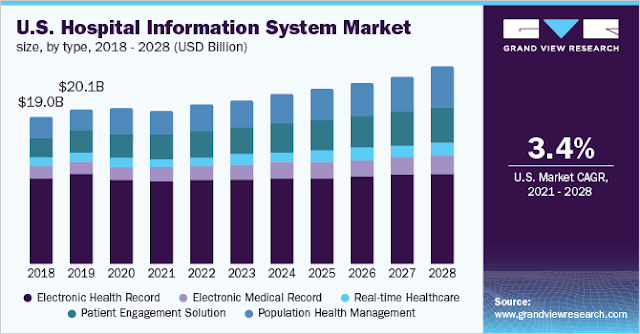Sustainability Assessment, Policies & Regulations, ESG Issues, Infrastructure Developments, Company Profiles, Benchmarking, SWOT, Company ESG Disclosure Scores
The average ESG disclosure score for the lubricant market is between 55% and 65%. Our proprietary Environment, Social, and Corporate Governance (ESG) scoring framework analyzed 65 parameters across ESG, as represented in the methodology section of this document. Royal Dutch Shell, British Petroleum (BP), Chevron, and 11 more market leaders were part of our research. Three out of five companies we researched scored above the average industry score. However, four market leaders need to focus more on ESG reporting and transparency as they scored well below 50%.
For More Details: https://astra.grandviewresearch.com/lubricant-industry-esg-outlook
Environmental insights
Lubricant
comprises less than 10% additives and 90% base oil (like petroleum fractions,
called mineral oils). In rotating machinery, lubrication is crucial for
efficiency and durability. Lubrication reduces friction between machine parts
and enables them to move smoothly in a given direction. There is a negative
impact of lubricant on the environment, as it causes serious contamination of
soils and groundwater, as well as accumulates in plants and animal tissues.
There are various measures or technologies used by companies globally for the
sustainability of lubricants. One of the main alternatives to petroleum-based
lubricants is bio-based lubricants, which can help reduce environmental impact
and create green companies.
Social insights
Broadly,
social metrics represent an assessment of risks that a company might experience
from human capital and community, both. The parameters that are considered in
this category include not only the employee turnover rate but also health &
safety parameters, including injury rates, OHSAS certifications, employee
engagement programs, training, and community development, among others. Among
the companies within the sector, Idemitsu Kosan ranks highest on the social
pillar, with a score of around 70%. The company has institutionalized robust
human rights monitoring mechanisms not only within its own operations but also
across the operations of its entire supply chain.
Governance insights
The
governance aspect within the purview of ESG assessment is one of the most
important foundation stones of a company, which includes various metrics,
including business ethics, board structure, financial transparency,
anti-corruption, and insider trading, among others. As per Grand View
Research’s ESG scoring model, Chevron ranks the highest in corporate governance
among its peers operating within the lubricants sector. The company has the
highest number of independent directors (over 90% of the board comprises
independent directors), which enhances corporate credibility and governance
standards in the eyes of investors and consumers. Chevron has also
institutionalized one of the best-in-class ethics platforms that manage any
form of misconduct within the company.
Request for Free Demo: https://astra.grandviewresearch.com/lubricant-industry-esg-outlook/request/rs1


%20Terminal%20Industry%20ESG.png)



